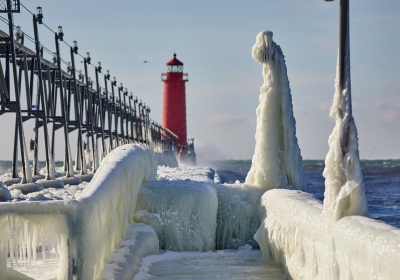Don’t Know Much About History
Feb 15, 2021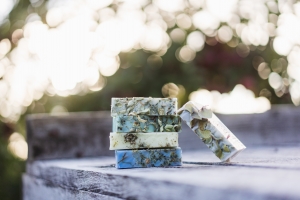
Did you ever look at a bar of soap and wonder where it all began? No? Well, I have. And I cannot wait to share it with you.
When was soap invented?
Soap started in Ancient Babylon around 2800 BC, where they combined fats with ashes to clean their clothes. The Egyptians caught onto this and started combining animal and vegetable oils with salts and plants to form a soap-like substance for cleaning AND for washing their skin during their daily baths (Egyptians loved their baths!). In ancient Palestine they did it a little different ~ they added burnt wood and plants mixed with olive oil. They were also the first to warm it up and let it harden to cut into smaller cakes for bathing. Flowers and other aromatic items were added to the soap to add fragrance. This method is a rough version of ‘cold pressed’ soap, which is what we now do at Harvest + Harmony.
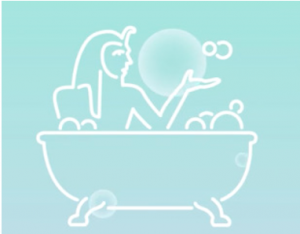
Where did the name come from?
There are a few different versions of where the name soap came from, but the one that is most widely embraced is from the Ancient Romans. The story goes that at Mount Sapo ancient Romans sacrificed animals as offerings to the gods. Wood ashes from the fires of their altars would magically combine with the animal fat from the sacrificed animals forming a soap-like substance. Rain would then wash this mixture down the side of the mountain and into the waters below. People doing their laundry at these waters noticed that if they used this mixture, the dirt was easier to get out. The Roman historian Pliny the Elder gave this mixture the same name as the hill ‘Sapo’, which later became our modern name ‘soap’.
Soap-Making History
Soap-making changed over the years, yet it is still made from very basic ingredients, animals, oils, salts and plants.
The making of soap spread from the Babylonians to the Egyptians to all areas of Europe. The Egyptians especially were into soap-making, as taking baths were a big part of their culture and daily life. Not wanting to be out-done, soap-making was soon an established art in Italy, Spain and France. These countries were early centers of actual soap manufacturing due to their abundant supply of ingredients, such as oil from olive trees. The wealthy classes in Europe used what was called Castile soap for hundreds of years, which came from a region in Spain. Look around at a specialty store and you can still find Castile soap. Pretty great.
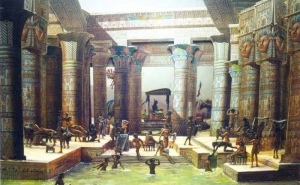
Coming to America
As people came to America, so did soap. Most colonists made their own soaps at home. They made lye by mixing burnt ashes from wood and plants, with water in a bucket. They drilled holes in the bucket allowing the lye to drip out and mixed that with animal fat. Although messy, it produced a soap substance that was used to clean both laundry and in bathing.
The first big soap company was established in America in 1806 by William Colgate who opened Colgate & Company in NY. Colgate was followed by William Proctor and James Gamble who named their soap “Ivory” after being inspired by the forty-fifth psalm “All thy garments smell of myrrh, and aloes, and cassia, out of the ivory palaces, where they have made thee glad”. The name hasn’t been replaced. I think that is pretty great.
Not long after Proctor and Gamble began, B.J. Johnson created his own company choosing to make soap only with palm and olive oils. He named his soap Palmolive, after his oil combination. Palmolive is still one of the leading soap companies today, over 200 years later. Palm-Olive = Palm and Olive oil. Remember that.
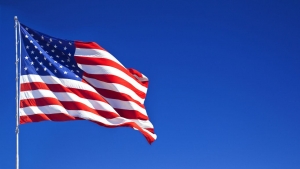
The chemistry of soap manufacturing stayed essentially the same until World War l, when the war changed everything. As with many other items, there was a shortage of animal and vegetable fats and oils so soap was difficult to make. Chemists had to use other raw materials instead, so soap making became more chemically derived instead of naturally derived. This happened again during WWll, when supply again became difficult. You have to remember that this was no ones fault, it was simply a matter of survival and need. Because of the circumstances of the wars, and because ingredients were difficult to come by, simple detergents were made, as the military needed a good and cheap cleaning agent that would work well with sea water. Products are typically made out of need. And go from there.
After the war, many improvements were made to soaps and detergents and many different types of soaps were developed. Liquid soaps were introduced in 1970, followed by bath bombs, soap gels, herbal soaps and decorative soaps.

Today + Me
Today, there are lots of options to choose from. For many years, people didn’t pay much attention to bar soap and started buying the liquid (pump) soap because it was easy. Then magically comes 2020. And given the state of the world and the recent pandemic, hand-washing has taken center stage and we all are trying to do our best to keep our hands clean, to combat the spreading of the virus, and to let our hands know that we love them. And the cold process and old-school thinking of ingredients led me to where I am today.
I started Harvest + Harmony to get us back to the traditional way of making soap ~ animals and oils and plants. Traditional methods, traditional ingredients, traditional time-honored usage.
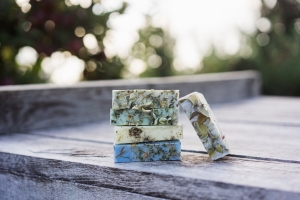
Take care of your hands. Show them some love. I hope you enjoy my products as much as I enjoy making them. Sometimes, bringing back the old, makes us feel new again.

